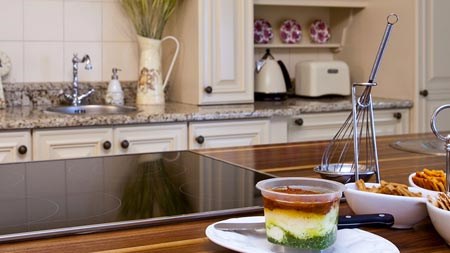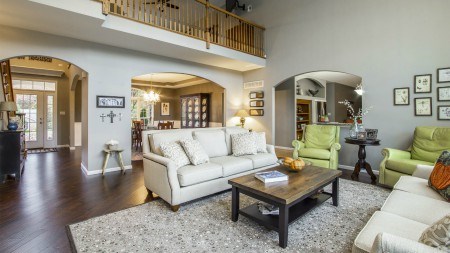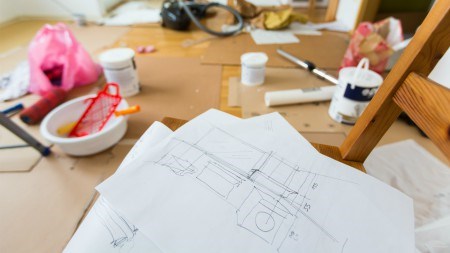Some things never go out of style. Italian kitchens are one of them.
If the idea of an Italian style kitchen appeals to you but you don’t know quite where to start, the following ‘categories’ of Italian style kitchen and tips should come in handy.
Rustic Italian kitchens:
Many rustic style Italian kitchens make use of existing architectural elements such as original solid wood or stone floors, a magnificent, old fireplace or original wall tiles. Timber beams and hardwood cabinetry are also typically associated with rustic designs. Such elements can of course be introduced to a kitchen but original elements tend to lend a kitchen a far more authentic, old world feeling.
Colour-wise, rustic style Italian kitchens tend to be characterised by a combination of warm colours or two tone palettes. Two tone colour schemes are easy to pull through rustic kitchens and if used well can really bring these kitchens together.
Add a few terracotta herb pots, some hanging baskets, a few bowls of fruit, a wooden chopping block and some window flower pots and you should have a fairly authentic looking rustic Italian kitchen.
Modern Italian kitchens:
Italy is at the forefront of design whether it be fashion, architecture or interior design. Italian kitchens are no different. For some, the idea of a super-modern Italian kitchen is right up their alley.
Modern Italian kitchens are all about open, airy, uncluttered spaces and clean, simple lines. There’s no room for frills and fuss in these kitchens and most appliances are cleverly integrated for optimum functionality.
Many modern Italian kitchens feature a monochromatic palette which can be somewhat clinical unless offset by warm wooden surfaces, rich bursts of colour or a few juxtaposing elements such as a patterned splashback or trim.
In recent years, modern Italian kitchens have also incorporated industrial elements such as ‘naked’ concrete, engineered stone, stainless steel, and glass with great success so keep in mind these materials when considering this style of kitchen.
The Tuscan Italian kitchen:
Tuscan style Italian kitchens draw on the magnificent Tuscan countryside for inspiration. Warm, earthy colours which mimic the sunsets and countryside of Tuscany typically tend to be incorporated into such kitchens as do stucco walls, bare brick, plenty of natural hardwood and stone surfaces.
Tuscan style kitchens can be confused with rustic style kitchens. One of the key differences with Tuscan kitchens is that they tend to be smaller and cosier which lends them to informal dining.
Contrast and pops of colour can be incorporated through the use of brightly coloured backsplashes. Blue and green coloured backsplashes and the like work particularly well in such settings.
Mediterranean kitchens:
Mediterranean style kitchens are an offshoot of Italian kitchens. Done properly, these kitchens should bring to mind sun drenched beaches and coastal breezes. Mediterranean kitchens should be welcoming and sunny and make for a delightful space for all who spend time there.
Rich, warm colours which smack of the sea and other Mediterranean features work well in these kitchens. Think bright, spicy reds, terracotta, ochre, azure turquoise and royal blue.
Curved, sinuous designs in the form of sweeping vent hoods and other kitchen fixtures and fittings are also hallmarks of the Mediterranean style. Although rich, dark wood cabinetry and countertops are typically associated with these kitchens, lighter, natural materials can also be incorporated successfully.
Other details which bring Mediterranean kitchens together include hand painted wall tiles, exposed beams, earth coloured floor tiles, wrought iron detailing and textured walls. An informal nook or eating area which can accommodate the family and/or guests fits in well with these kitchens.




